Baneficial Bacteria: Why Its So Important
Learn the importance of aquarium bacteria for fish health. Discover tips to grow beneficial bacteria, prevent harmful ones, and cycle your tank effectively.
Table of Contents
- What Are Aquarium Bacteria?
- Beneficial Bacteria: The Unsung Heroes
- Harmful Bacteria: The Trouble Makers
- How to Grow and Keep Healthy Bacteria
- How to Control Harmful Bacteria
- Additional Tips to Help Keep a Healthy Bacterial Balance
- Faq
- Conclusion
When setting up an aquarium, the majority of individuals concentrate on selecting the appropriate fish, tank decoration, or filter. However, in the background, there is a whole microscopic world that actually dominates everything. We're referring to bacteria—both good and bad—that can make or break your aquarium to either become a successful aquatic haven or a soggy catastrophe.Learning how these bacteria function, where they reside, and how to control them is essential to your fish's well-being and water clarity.
What Are Aquarium Bacteria?
Aquarium bacteria are microscopic, naturally occurring organisms that infect your tank shortly after it is set up. You can't see them, but they're ubiquitous: in your filter, substrate (gravel or sand), on decorations, plants, and even in the water itself.

These bacteria are divided into two broad categories:
Beneficial Bacteria: The Unsung Heroes
Good bacteria are the driving force behind your tank's biological filter. They decompose fish waste, excess food, and other organic matter using a process called the nitrogen cycle—a natural process of detoxifying toxic substances in water.
The Nitrogen Cycle: Explained
Ammonia (NH₃): Released by fish waste, uneaten food, and dead plants. Even in small quantities, they are highly toxic to fish.
Nitrite (NO₂⁻): Initial breakdown by Nitrosomonas bacteria. Still toxic to fish.
Nitrate (NO₃⁻): Additional broken down by Nitrobacter bacteria. Much safer and can be eliminated by water changes or taken up by live plants.

Without the helpful bacteria controlling this cycle, poison builds up quickly, causing illness or death.
Harmful Bacteria: The Trouble Makers
Not all bacteria are good. Pathogenic bacteria are the culprits that bring disease. These bacteria may be found in low numbers but can blow their top when water quality deteriorates or fish are stressed.
Usual Disease-Causing Bacteria:
Aeromonas
• Causes ulcers on the skin
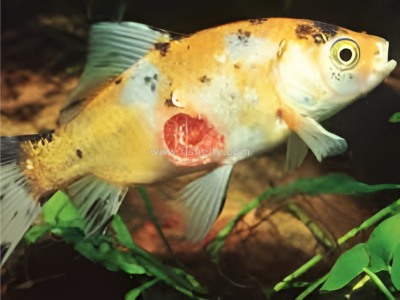
• Leads to internal infections
Pseudomonas
• Causes fin rot
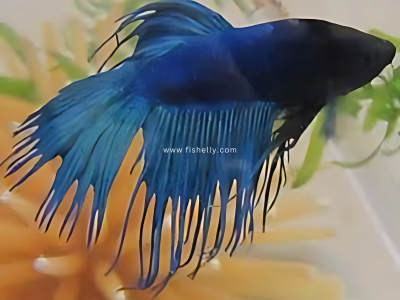
• Leads to cloudy eyes

Vibrio
• Causes bloated body
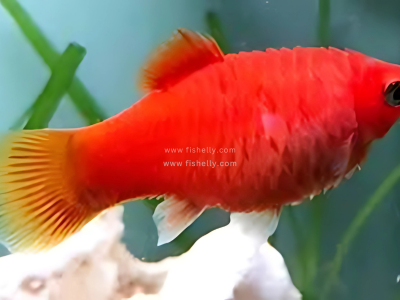
• Can result in organ failure
These bacteria survive in dirty, overstocked, or unstable tanks.
How to Grow and Keep Healthy Bacteria
It doesn't take an overnight miracle to create a healthy bacterial colony. It requires time, effort, and a little bit of science. Here's the how-to:
1. Cycle Your Aquarium (Before Introducing Fish!)
Set up the nitrogen cycle prior to adding fish. This is referred to as "cycling" your tank.
How-To's:
Add pure ammonia or fish food to mimic waste.
Wait 3–6 weeks and test the water on a regular basis.
Add fish only when ammonia and nitrite levels are zero, and nitrate is detectable.
Tip: Test your water using a water testing kit to monitor ammonia, nitrite, and nitrate.
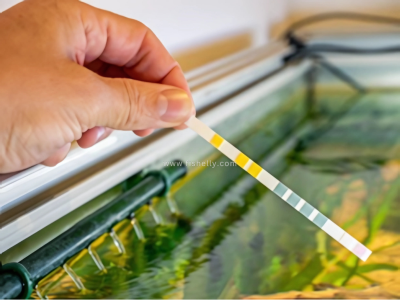
2. Select the Suitable Filter Media
Beneficial bacteria require surfaces to propagate. Employ porous filter media such as:
• Ceramic rings
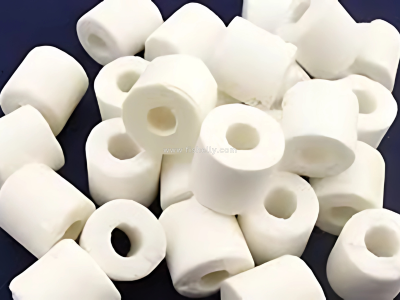
• Sponge filters

• Bio-balls
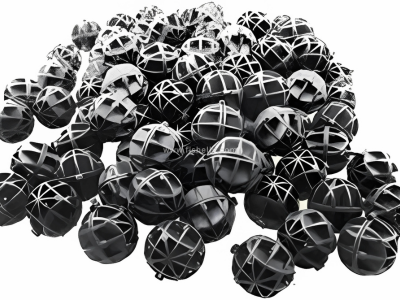
These offer enormous surface areas for bacteria colonization.
3. Don't Over-Clean
Harsh cleaning will kill beneficial bacteria.
• Wash filters only in old tank water, not chlorinated tap water.
• Don't change all filter media simultaneously—alternate changes to preserve bacteria.
• Gently and in sections, clean gravel and decor, not all at once.

4. Utilize Bacterial Starters
Substances such as API Quick Start, Seachem Stability, or Tetra SafeStart introduce concentrated colonies of nitrifying bacteria to accelerate cycling or rebalance bacteria following interruptions.
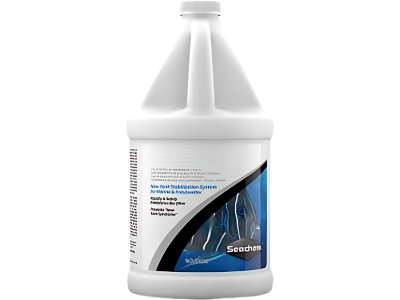
How to Control Harmful Bacteria
Once you’ve grown the good guys, it’s all about keeping the bad guys in check.
1. Keep Water Clean
Dirty water is the #1 cause of bacterial blooms.
Essential Cleaning Routine:
• Add pure ammonia or fish food to mimic waste.
• Wait 3–6 weeks and test the water on a regular basis.
• Add fish only when ammonia and nitrite levels are zero, and nitrate is detectable.
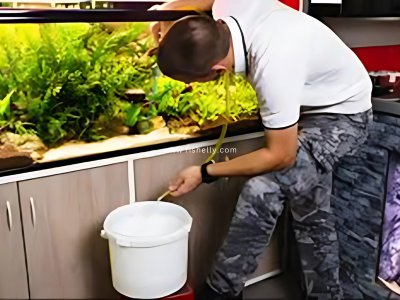
2. Quarantine New Fish
Never introduce new fish directly into your main tank. Install a quarantine tank and monitor new additions for 14 days. Monitor for diseases such as white spots, damaged fins, or lethargic behavior.
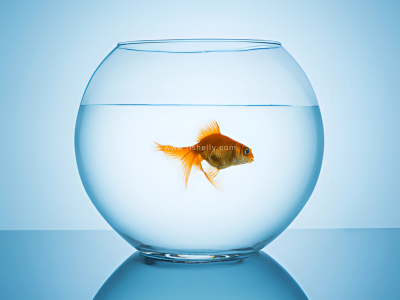
3. Manage Feeding
Feeding too much is a recipe for bacterial imbalance.
Provide just what fish eat within 1–2 minutes. Suck up leftover food immediately. Spoiled food causes ammonia and invites bad bacteria.

4. Do Not Overcrowd
The more fish = the more waste = the more bacterial issues.
Keep to the 1 inch of fish per gallon standard, and also take into consideration species compatibility and territorial behavior.

5. Medications Must be Used Judiciously
Antibiotics and antibacterial treatments must be last resorts.
Overuse will kill good bacteria and form resistant strains. If necessary, treat in a hospital tank, not your display aquarium.
Additional Tips to Help Keep a Healthy Bacterial Balance
Live Plants: Naturally take up nitrates and enhance oxygen levels.

Stable Temperature: Abrupt changes stress fish and useful bacteria.
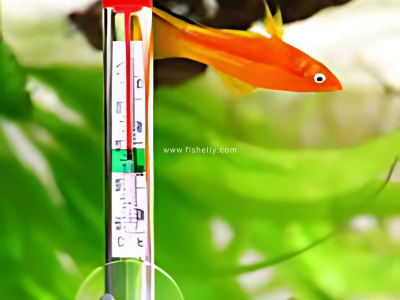
Add Aquarium Salt (with caution): Enhances immunity of fish and keeps off bacterial diseases.

Monitor Daily: Be on the lookout for clamped fins, unusual swimming, or skin lesions. Respond early if signs are seen.
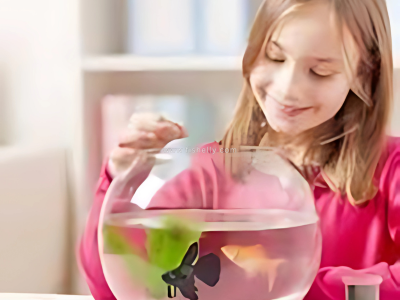
Faq
1. Why are bacteria important in a fish tank?
They break down fish waste and keep the water safe.
2. Are bacteria already in my new tank?
Yes, but beneficial ones take time to grow.
3. What is the nitrogen cycle?
It converts toxic ammonia → nitrite → nitrate.
4. How do I grow good bacteria?
Cycle the tank before adding fish.
5. Can I add fish right after setup?
No, wait until ammonia and nitrite are zero.
6. Where do good bacteria live?
On filters, gravel, plants, and tank surfaces.
7. Will cleaning remove good bacteria?
Yes, if done harshly. Clean gently with old tank water.
8. What filter media is best?
Ceramic rings, sponge filters, and bio-balls.
9. What are harmful bacteria?
They cause disease when the tank is dirty or fish are stressed.
10. How to prevent bad bacteria?
Keep the tank clean and avoid stress and overcrowding.
11. Should I use bacteria boosters?
Yes, they help speed up cycling or recovery.
12. How often to change water?
Every 1–2 weeks, change 20–30%.
13. Can I treat sick fish in the main tank?
No, use a separate hospital tank.
14. Do plants help with bacteria balance?
Yes, they absorb nitrates and add oxygen.
15. How do I know if bacteria are healthy?
Test water weekly and observe your fish.
Conclusion
Despite being out of sight, bacteria have an enormous effect on your aquarium. Imagine them as your tank's invisible janitors—dissolving waste, controlling toxins, and keeping things in balance.By cultivating healthy bacteria and minimizing the conditions under which pathogenic ones will flourish, you can establish a clean, balanced, and low-maintenance aquarium. Your fish will reward you with beautiful color, lively behavior, and longevity.Got questions or tips? Drop them in the comments!






